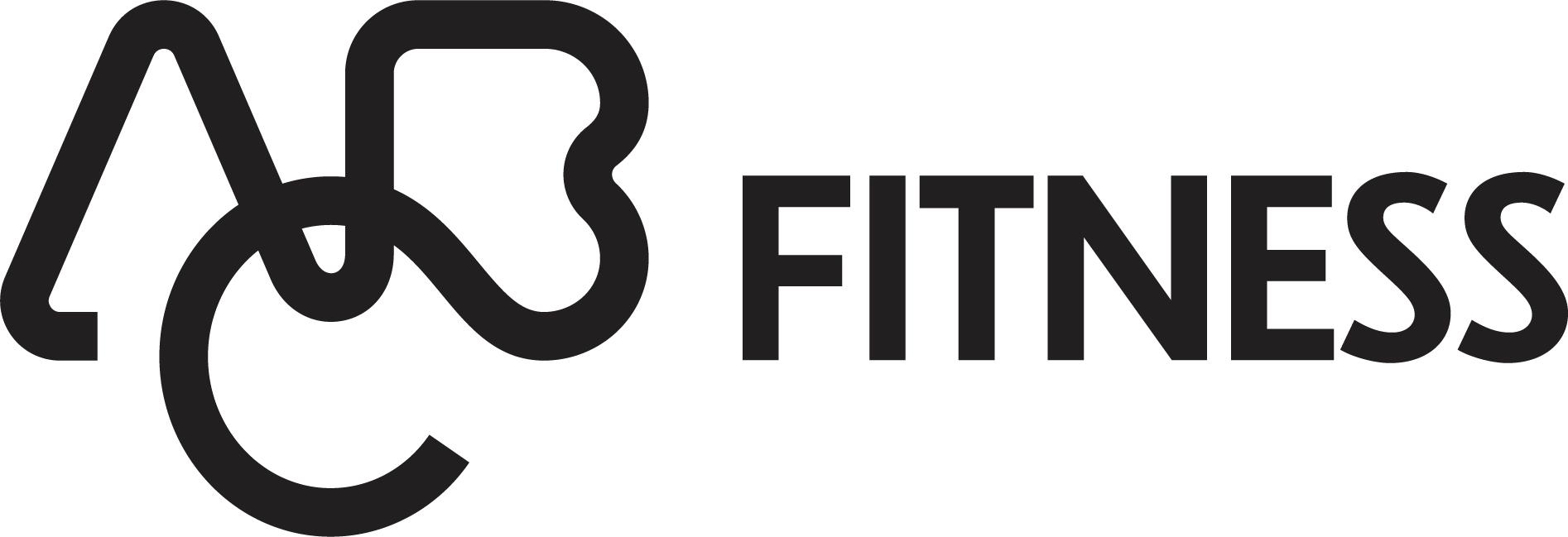CODE BLUE … or Was That CODE YELLOW?
By: Hope Osborn
Last April a fertilizer plant explosion in West, Texas killed 15 people. The federal Occupational Safety and Health Administration cited the owners with 24 violations, including, according to an October 2013 New York Times article, “unsafe handling and storage of explosive and flammable chemicals, missing labels on storage tanks, failing to pressure-test hoses, bad or missing valves, and failing to have an emergency response plan. The agency also said that some workers were not trained for their jobs” (Wald).
The U.S. does not classify fertilizer-grade ammonium nitrate as an explosive so it does not have the same restrictions as some other chemicals, yet lax management of this material resulted in 15 deaths.
This event may seem far-removed from the management of a fitness club, but the dangers are closer to home than you think. Consider how many chemicals you use or have in your facility from cleaning products to body soaps in the showers to tanning solution to the products you sell. Parallel those “missing labels” “pressure-test hoses,” “valves,” to elements on each and every piece of fitness or other equipment you have in your facility. Add in variables such as members’ health or way they use the equipment and employees’ maintenance of equipment and ability to address emergency situations.
Lax handling or management of safety issues at your fitness club could result in injury or even death. That injury or death could be physically to your members and staff or it could be financially to your business. OSHA.gov’s “Q&A for Small Business Employers” published “an effective safety and health program can save $4 to $6 for every $1 invested,” adding that it, “pays off in lower costs, increased productivity, and higher employee morale” (www.OSHA.gov).
Safety protocol and emergency action plans for businesses or even gym to gym are not one-size-fits-all. Your gym is unique in the demographics of your clientele, the building aspects, the type equipment, the regional weather risks, and so forth. Your fitness club employees may have to deal with issues such as heart attacks, heat exhaustion, fire, tornado or blizzard, chemical burns, and so on. It is important to have an emergency action plan to deal with the various issues that your employees may face, and it is just as important that your staff are trained and properly certified to handle those emergencies—and trained and certified on a frequent basis so they aren’t as confused as the members on what to do when there is an emergency. Remember the time and money spent on safety training and an emergency action plan will save lives and money in the long run.
I know from personal experience that mapping an emergency action plan for an establishment is not easy. You have to account for all those variables that I mentioned are particular to your business, make it simple enough for employees to use and remember, and regularly update it. Make use of the many resources available, including OSHA. www.OSHA.gov is a wealth of resources that help with preparation for emergencies and prevention of the citations they are more known for.
Other resources include The American Red Cross, American College of Sports Medicine Facility Standards and Guidelines, and the National Safety Council.
How will your gym handle the next call over the loudspeaker for “CODE BLUE”?
Works Cited
United States Department of Labor. “Q&A for Small Business Employers.” www.OSHA.gov, n.d. Web. 6 Aug. 2014.
Wald, Matthew L. “Safety Agency Cites Texas Plant in Explosion.” The New York Times, 10 Oct. 2013. The New York Times Company, 2014. Web. 6 Aug. 2014.


